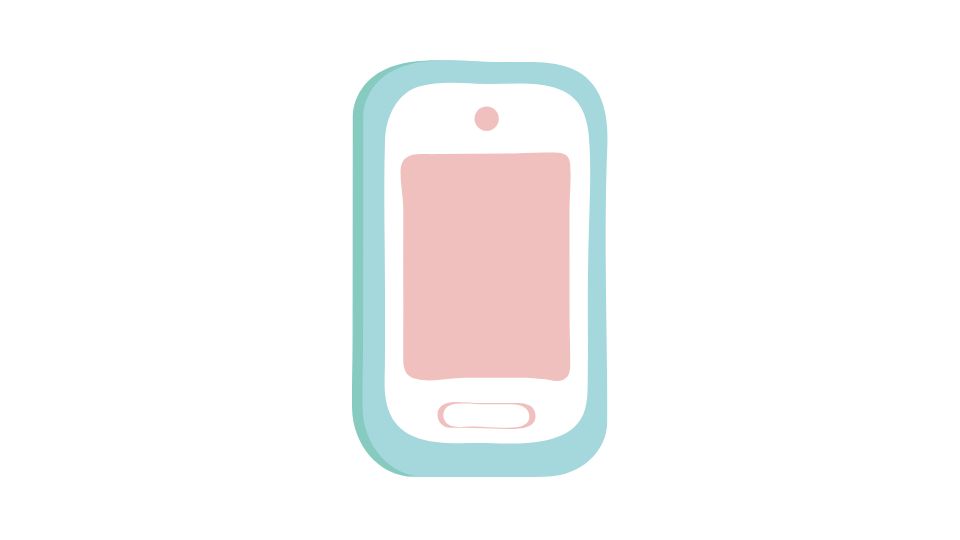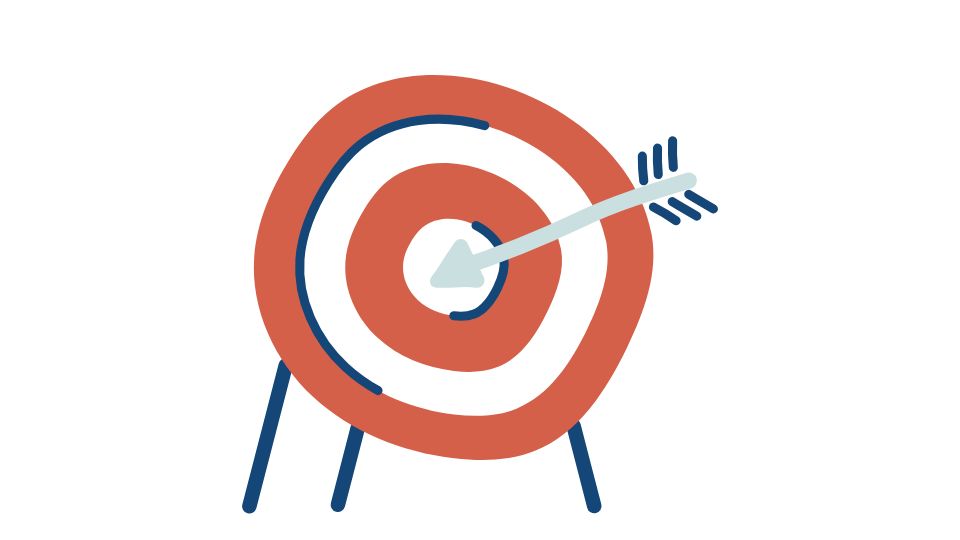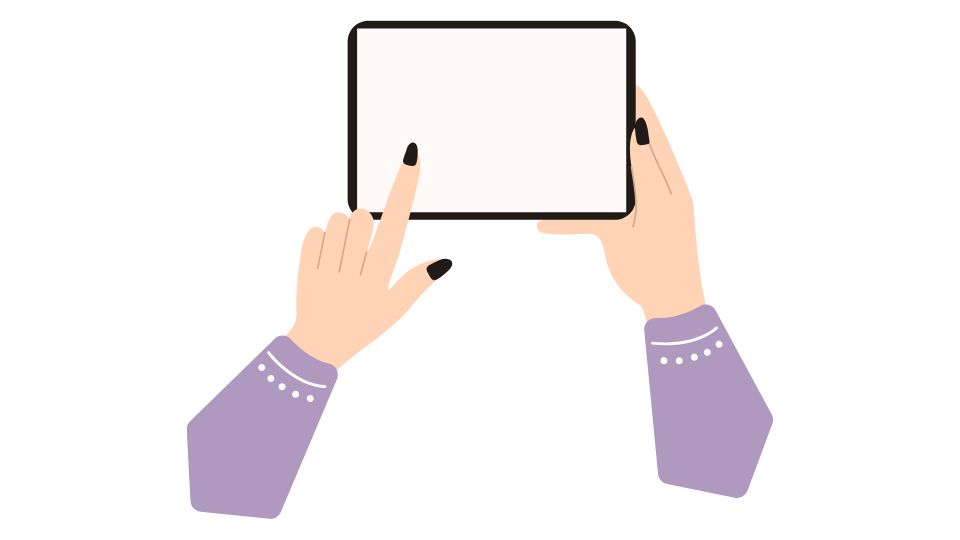Let’s talk about gluten-free meal tracking apps that actually make your life easier instead of more complicated.
If you’re managing celiac disease, have a gluten sensitivity, or just choose to avoid gluten, you know the struggle is real. One wrong ingredient and you’re paying for it later (possibly in the bathroom).
The right meal tracking app can be your best friend – helping you avoid gluten bombs, track your nutrients, and find safe places to eat without turning into a full-time food detective.
Skip ahead:
- Why meal tracking matters for gluten-free living
- Best gluten-free tracking apps for 2025
- Must-have features for gluten-free meal tracking
- How MealByMeal fits into your gluten-free lifestyle
- Tips for picking the right app for you

Why Use a Meal Tracking App for Gluten-Free Diets?
Let’s be honest – following a gluten-free diet can be a massive pain in the butt. Gluten hides EVERYWHERE, from obvious places like bread to sneaky spots like soy sauce and salad dressings.
A good tracking app helps you:
- Avoid accidental gluten exposure – which, if you have celiac, isn’t just uncomfortable but potentially dangerous
- Track your calories and macros to make sure you’re not just avoiding gluten but actually nourishing your body
- Find restaurants that won’t make you sick (a literal lifesaver when traveling)
- Plan meals without the stress of figuring out what’s safe every single day
- Connect your symptoms to what you ate so you can identify patterns
Without a tracking app, you’re basically flying blind and hoping for the best. Not a great strategy when your health is on the line.
Best Gluten-Free Meal Tracking Apps for 2025

Not all tracking apps are created equal when it comes to gluten-free needs. Here’s what’s working best in 2025:
1. Barcode Scanning Champions
Apps like Fooducate and ShopWell let you scan product barcodes while shopping to instantly identify if something contains gluten. No more squinting at tiny ingredient lists!
Fooducate even gives foods nutrition grades (A through D) based on overall healthiness, not just gluten content. So you won’t end up eating garbage just because it’s gluten-free.
Research from the Journal of Medical Internet Research shows that barcode scanning increases dietary adherence by up to 47% for people with food restrictions. That’s huge.
2. Calorie & Macro Tracking Masters
MyFitnessPal and Lose It! are the heavy hitters here.
Both apps track your calories and macronutrients (carbs, protein, fat) with customizable settings for gluten-free living. MyFitnessPal’s database has over 14 million foods, including tons of gluten-free options.
I personally like Cronometer too, which tracks an insane 82 nutrients. Because let’s face it – sometimes when you go gluten-free, other parts of your nutrition can take a hit. Cronometer helps you make sure you’re not missing anything important.
3. Meal Planning & Recipe Geniuses
Mealime and Yummly save you from the “what can I even eat?” spiral.
Both offer fully customizable meal plans with gluten-free filters, automatically generating grocery lists and step-by-step cooking instructions. Mealime even focuses on quick prep times (under 30 minutes) which is awesome when you’re busy.
A study in the International Journal of Behavioral Nutrition found that people who plan meals are 40% more likely to maintain dietary restrictions long-term.
4. Restaurant Finding Heroes
When you need to eat out without getting glutened, Find Me Gluten Free is literally a lifesaver.
It uses GPS to find nearby restaurants with gluten-free options, includes user reviews specifically from other gluten-free eaters, and even distinguishes between places that are “celiac-safe” versus those that just offer some gluten-free items.
The Celiac Disease Foundation recommends using dedicated apps like this to reduce cross-contamination risk when dining out.
Must-Have Features for Gluten-Free Meal Tracking
Not all features are created equal. Here’s what actually matters for gluten-free tracking:
1. Ingredient Safety Detection
The best apps don’t just identify obvious gluten sources but also flag the sneaky ones like:
- Modified food starch (sometimes contains gluten)
- Malt flavoring (always contains gluten)
- Natural flavors (sometimes derived from wheat)
ShopWell is exceptional here, with customizable alerts for both major allergens and lesser-known gluten sources.
2. Symptom Tracking
mySymptoms stands out by connecting what you eat with how you feel.
Enter your meals, then log any symptoms (bloating, headaches, fatigue, etc.) and the app helps identify patterns. Super helpful for uncovering sensitivities beyond just gluten.
3. Restaurant Safety Features
Find Me Gluten Free doesn’t just list restaurants – it provides:
- Cross-contamination risk assessments
- Photos of gluten-free menus
- Special preparation notes
- Ratings from other celiac/gluten-sensitive users
This isn’t just convenient – it’s about keeping you safe.
4. Nutritional Balance Tools
Many gluten-free products are nutrient-poor but calorie-rich. Good tracking apps help ensure you’re getting enough fiber, B vitamins, and other nutrients commonly found in whole grains.
Cronometer excels here, tracking micronutrients that other apps ignore completely.
How MealByMeal Makes Gluten-Free Tracking Painless

The biggest problem with most tracking apps? They’re so tedious that people abandon them after a few weeks.
MealByMeal takes a completely different approach that’s perfect for busy gluten-free eaters:
- Just text your meals – no complicated logging, barcode scanning, or searching massive databases
- Automatic calorie and macro tracking – the app does the hard work for you
- Focus on consistency over perfection – making tracking sustainable long-term
- Customizable dietary preferences including gluten-free settings
The beauty of MealByMeal is its simplicity. You text “eggs and GF toast with avocado” and it handles the rest. No opening apps, no searching databases, no hassle.
Research in the Journal of Medical Systems shows that text-based tracking increases long-term adherence by 64% compared to traditional app entry methods.
Tips for Choosing Your Gluten-Free Tracking App

Finding the right app comes down to knowing yourself and what you’ll actually use:
Be honest about your needs – Do you need detailed nutrition data, or just help avoiding gluten?
Consider your patience level – Complex apps with perfect data are useless if you quit using them after a week
Check the database size and accuracy – Some apps have weak gluten-free databases
Look at subscription costs – Free versions often lack the best gluten-free features
My personal recommendation? Use multiple apps for different purposes:
- Find Me Gluten Free for restaurants
- MealByMeal for daily tracking (because it’s so easy)
- Fooducate or ShopWell for grocery shopping
This combo gives you comprehensive coverage without making any single app do everything poorly.
The Bottom Line on Gluten-Free Tracking Apps

Living gluten-free doesn’t have to mean obsessing over every bite or becoming a full-time food researcher.
The right apps can dramatically reduce your mental load, keep you safer, and help ensure you’re actually nourishing your body – not just avoiding gluten.
Whether you choose comprehensive tracking with MyFitnessPal, simplified texting with MealByMeal, or a combination of specialized apps, the important thing is finding what works for YOUR life.
Because the best gluten-free tracking app is the one you’ll actually use consistently.




Leave a Reply